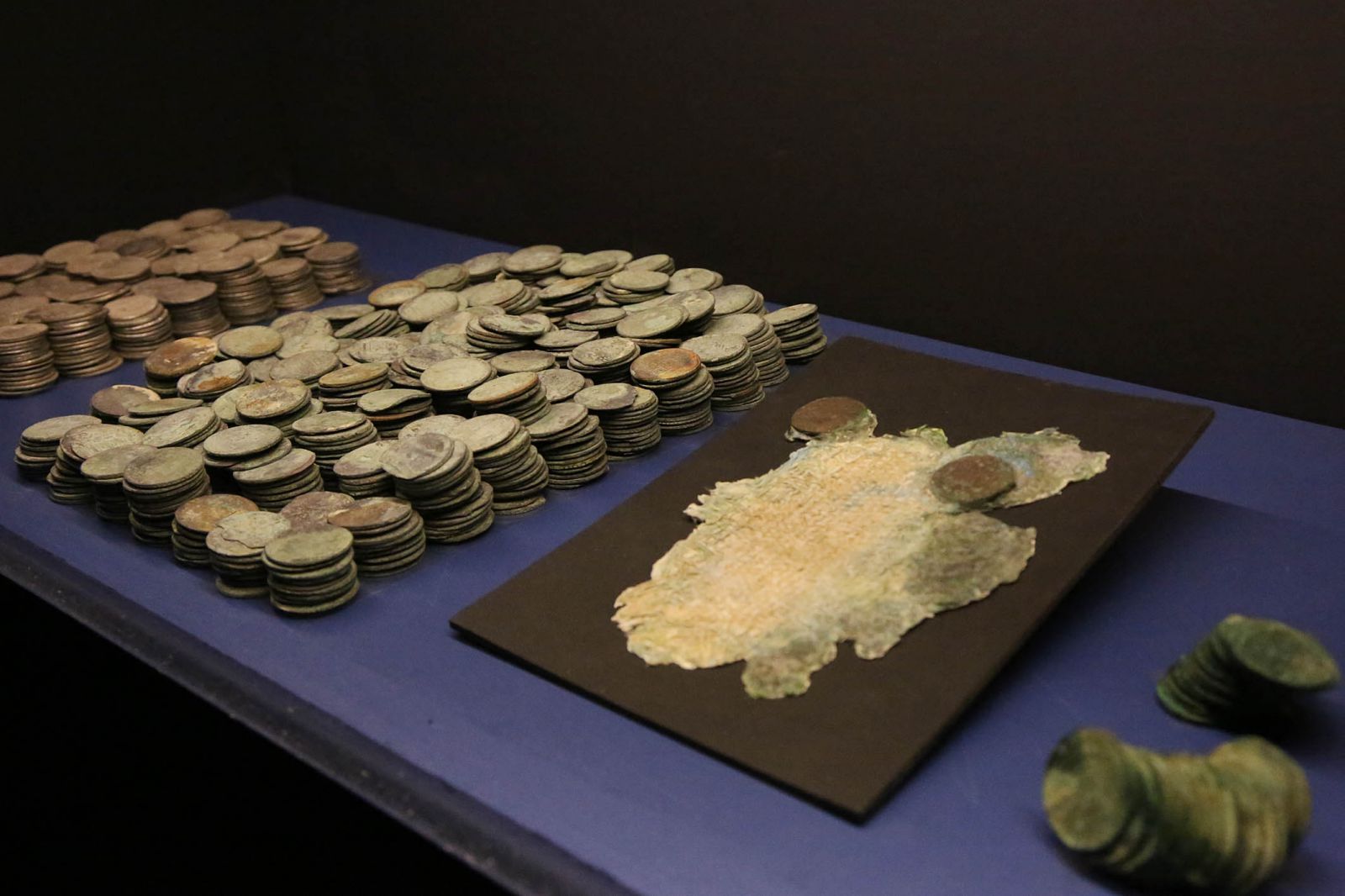
The international exhibition The last voyage of the Fragata Mercedes has been visited by around 50,000 people during the seven months it has been on display at the Archaeological Museum of Alicante. The unpublished collectionwhich was inaugurated last March, unveils the history of this Spanish ship that sank after an attack by a British squadron in October 1804.
The Member of Parliament for Culture and Education, César Augusto AsencioThe report, which confirms that it has been "a very positive experience", was very positive.a very special exhibition not only from a historical and heritage point of view. The exhibition support has been spectacular and the contextualisation has been a great support for people to enjoy the visit to this exhibition.".
March was the month of its inauguration and the month with the highest number of visits. More than 9,000 people came to the MARQ to enjoy the recovered heritage of the frigate after the dispute with Odyssey. In addition, the exhibition, organised by the Ministry of Education, Culture and Sportthe Ministry of Defence and Spanish Cultural ActionThe importance of the protection of the environment has been emphasised to the audience. underwater heritage and the dissemination of the historical context of the time.
On the other hand, the influx of the public has been reinforced by the different recreational and educational activities that the museum has organised during this time on the occasion of the exhibition. In this respect, the dramatised visits and the GUIDED PASSES through the treasures of La Mercedes which have included more than 30,000 coins, archaeological remains, weapons parts, a naval flag which exceeds 24 square metres, as well as a model of the frigate which reproduces the procedures followed in the shipyard in Havana, where it was built. The exhibition was also completed with a series of important documents from the period, such as the Amiens Peace Treaty or the official letter signed by Prime Minister Manuel Godoy that gave rise to the vessel's voyage, as well as two works by GoyaThe portrait of Charles IV and the portrait of Maria Luisa of Parma.
